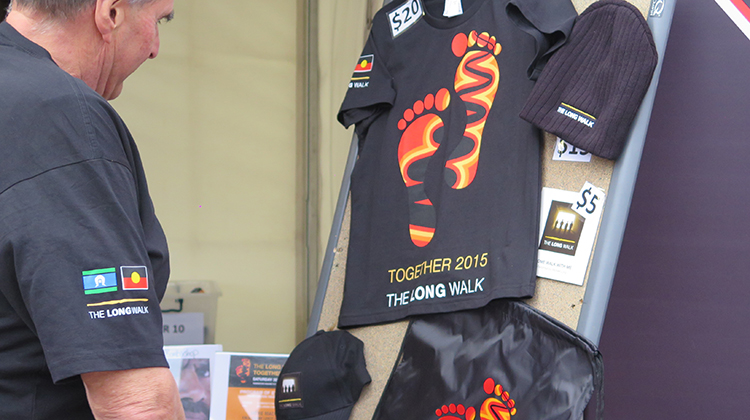Merchandise Management oversees the development of a product, its manufacture and distribution of promotional products. It also helps market the event for future years. Appropriate management of merchandise can maximise profits and protect the brand of the event.
Effective merchandise management of the event involves the following major functions:
Product Development
Conduct research to identify customer needs and interests. It is important to understand the customer’s needs and produce exactly what they desire. Decide whether to modify or discontinue existing products. Determine whether the merchandise or promotional products are legal and whether they are a liability or an asset to the event. You then need to define the design of the merchandise and specify its production.
Product Pricing
To determine the price of the product, you need to calculate the direct and indirect cost of production which helps determine the profits gained. Research how the same products are retailing to determine a competitive price without overpricing or under pricing. Determine how often you will be required to reinvent the product to remain relevant to the market.
Brand Management
Incorporate the internal and external branding requirements. Maintaining your brand is important so people can easily identify you. Determine the suitability of licensing the merchandise to control the counterfeiting of the products. Licensing is important to protect the brand of the event. People often identify organisation’s by their brands even without knowing the name. Branding can be categorised using colour, or a logo. Different companies have specific colour palette’s to identify themselves with.
Manufacture
When manufacturing, source suitable vendors to manufacture the products. Determine whether all the resources you need are available or you will need to export some materials. You should then negotiate the purchase agreement and oversee quality control. Ensure the quality is maintained and not compromised in any way so people feel they have received value for their money.
Product Distribution
Once you have the product you need to implement effective distribution, determine both physical and electronic sales outlets. It is impossible to reach all customers physically, you will need to use electronic methods to enhance reach. Source a distributor and agree on terms of distribution. Using distributors is useful as they already have existing networks you can utilise. You also need to determine a suitable point of purchase for display.
Appropriate management of merchandise or promotional products can be very profitable. The event manger should consider the best product fit and determine a perfect plan for marketing and distributing to have a chance of being very successful. Some events don’t make money, it’s the sale of merchandise that does, so it worth doing right.
